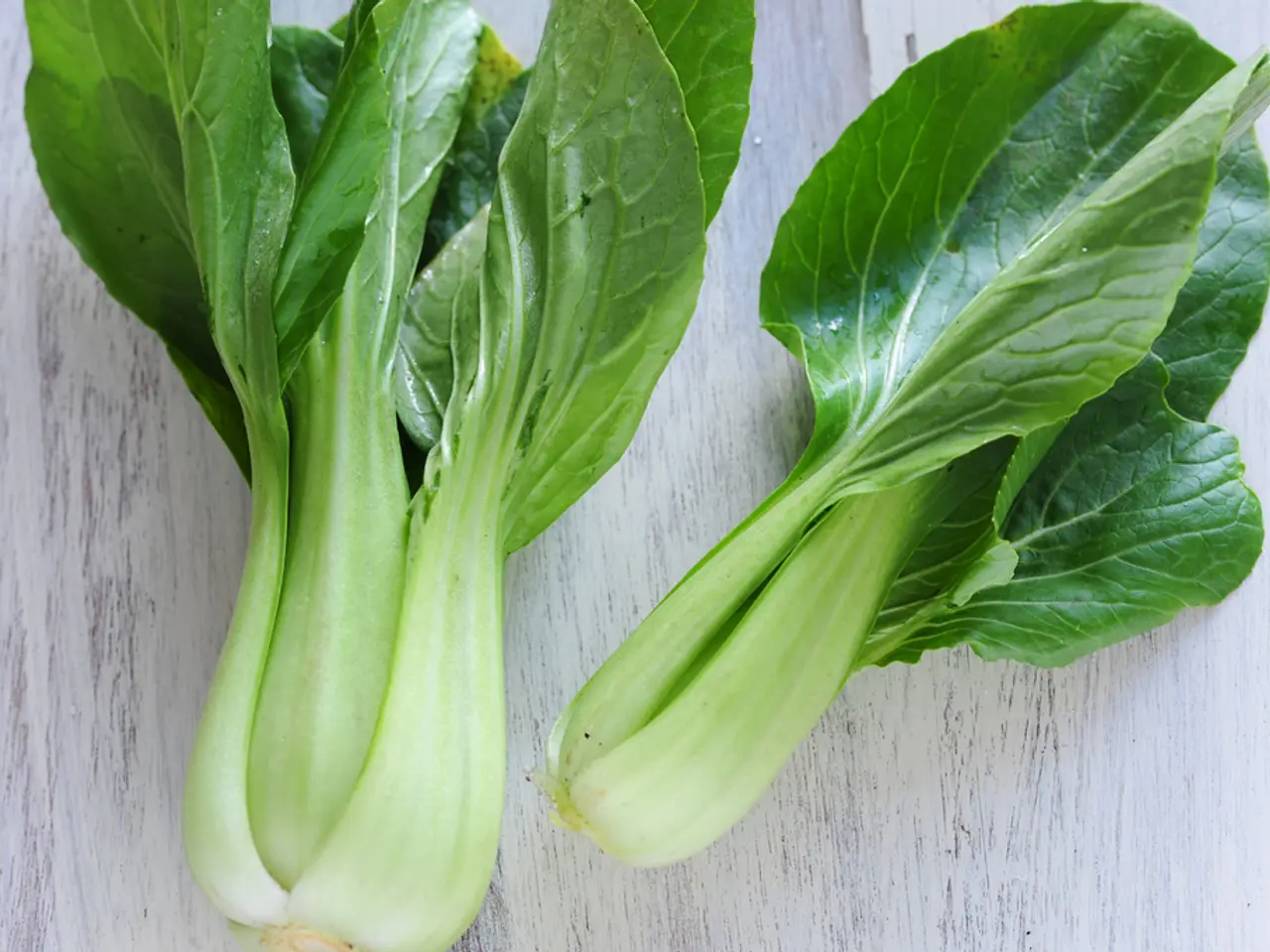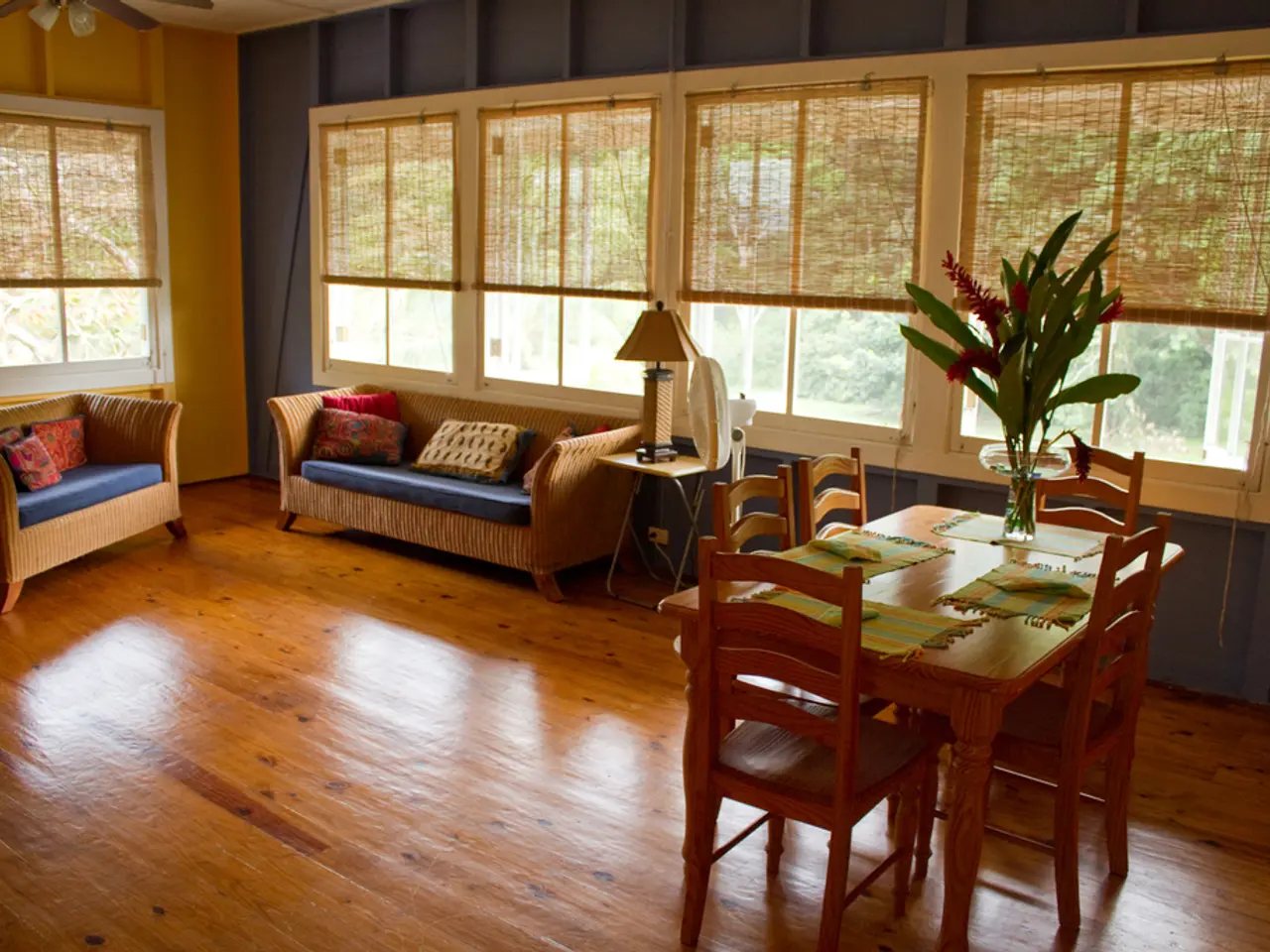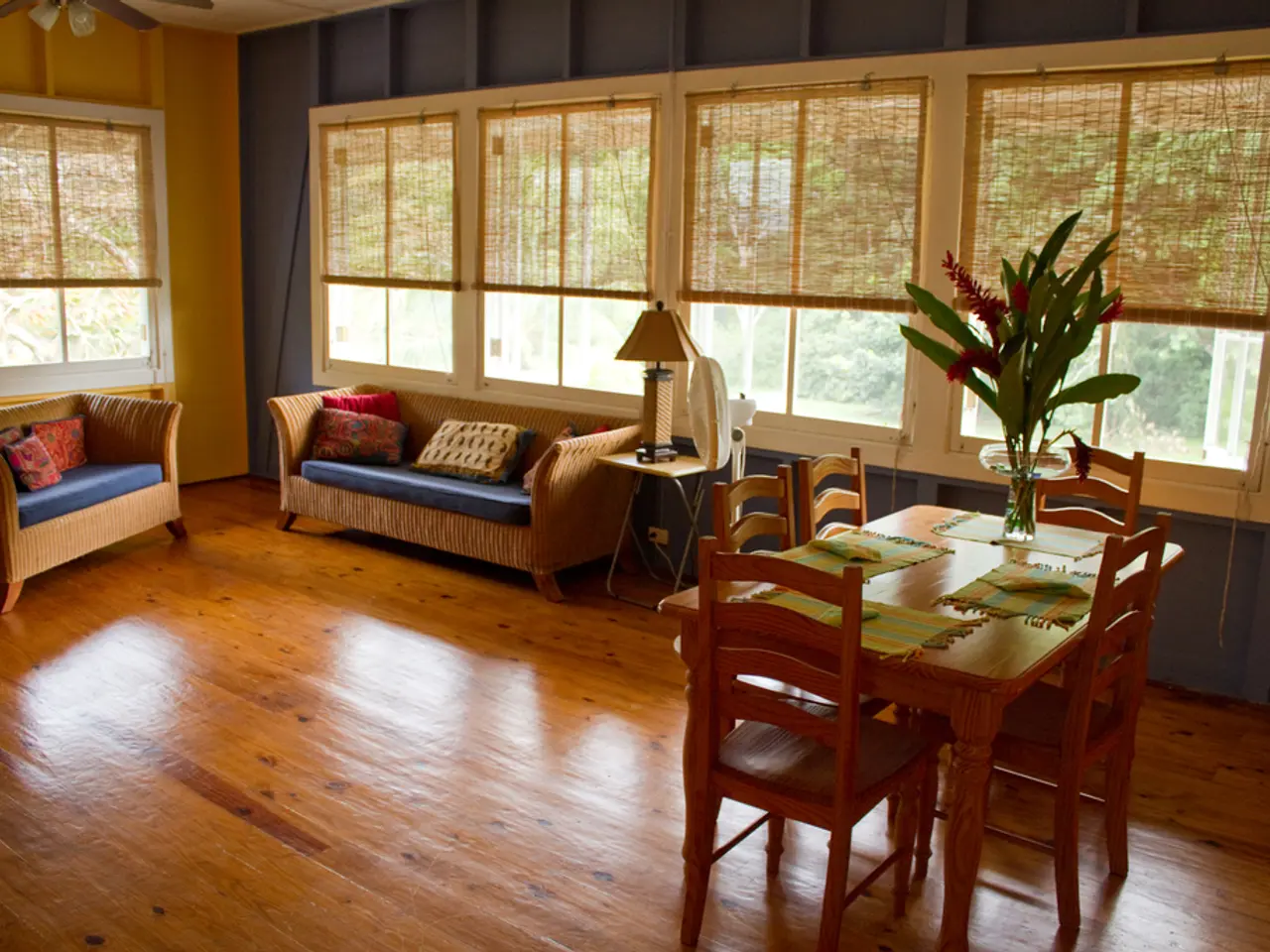Top Picks: blooming blossoms perfect for every green thumb's floral paradise
In a bid to create a thriving garden that not only delights the senses but also supports local ecosystems, consider incorporating these top flowers known for their benefits and low maintenance. These plants, ranging from vibrant annuals to hardy perennials, will ensure your garden is a haven for pollinators like bees, butterflies, and birds throughout the growing season.
**1. Purple Coneflower (Echinacea purpurea)**
With its vibrant purple blooms and prominent cone center, the purple coneflower attracts a variety of pollinators. Blooming steadily from mid-summer through fall, it ensures a continuous nectar supply. Drought-tolerant and requiring minimal care once established, this flower is an excellent choice for gardeners seeking a low-maintenance yet impactful addition. Deadheading encourages more blooms, or leaving seedheads benefits birds in winter.
**2. Lavender**
Known for its aromatic fragrance and rich nectar, lavender is highly attractive to bees. Its addition to any garden not only provides sensory appeal but also pollinator support.
**3. Marigolds**
Bright and hardy, marigolds bring color and function to garden beds without requiring much effort. Self-pollinating and easy to grow in a range of soils, they are an ideal choice for those seeking a low-maintenance garden.
**4. Zinnias**
Easy to grow and available in a variety of colors, zinnias bloom all summer long if deadheaded. Self-pollinating and drought tolerant, they are an excellent choice for sunny spots.
**5. Bee Balm (Monarda)**
Producing nectar-rich flowers loved by bees, butterflies, and hummingbirds, bee balm thrives in most soils and blooms mid to late season, filling nectar gaps.
**6. Wild Bergamot (a type of bee balm)**
A native perennial that supports local pollinators and butterflies, wild bergamot is adapted to local conditions, making it easy to grow and maintain.
**7. Geraniums**
Native types of geraniums bloom through summer with bright, rounded flowers loved by bees and butterflies. Thriving in diverse conditions and requiring little upkeep, they are an excellent choice for any garden.
**8. Scabiosa (Pincushion Flower)**
With its unique flower shape rich in nectar, the scabiosa attracts a variety of pollinators. Prefers sunny locations and blooms all summer, ensuring ongoing food for pollinators.
**Other Benefits and Considerations:**
Many of these plants are drought-tolerant and thrive in poor soils, reducing watering and fertilizing needs. Native plants like purple coneflower and wild bergamot support local ecosystems best by coevolving with native pollinators. Leaving some plants with seedheads (like coneflowers) benefits birds in winter, adding wildlife value beyond pollinators. Aromatic plants such as lavender also deter some pests naturally.
By combining these species, your garden will thrive with minimal maintenance while providing continuous nectar for pollinators like bees, butterflies, and birds throughout the growing season. Native, easy-care perennials mixed with self-pollinating annuals offer a resilient, colorful, and ecologically beneficial landscape.
Other flowers worth mentioning include calendulas, nasturtiums, cosmos, and sweet alyssum. Calendulas have bright orange or yellow daisy-like flowers and flourish from spring to fall. Nasturtiums attract pests, bees, and beneficial insects, and their flowers and leaves are edible, adding a peppery flavor to salads. Zinnias make great cut flowers due to their sturdy stems and long vase life. Cosmos flowers are delicate, daisy-like blooms in vibrant shades, thriving from summer to fall and attracting bees and butterflies. Sweet alyssum attracts pollinators like bees and butterflies, enhancing garden biodiversity, and has a lovely, honey-like fragrance.
Nasturtiums serve as a trap crop, drawing pests like aphids away from other plants. Marigolds are excellent at deterring pests such as aphids, Japanese beetles, and cabbage worms, making them excellent companion plants for vegetable gardens. Calendulas also deter pests, including aphids and nematodes.
In conclusion, by carefully selecting these flowers, your garden will not only be a vibrant and colorful space but also a haven for pollinators and a valuable part of local ecosystems.
By strategically incorporating these flowers into your home-and-garden, you can create a beautiful lifestyle that benefits both you and local ecosystems. For instance, cultivating purple coneflowers, lavender, marigolds, zinnias, bee balm, wild bergamot, native geraniums, scabiosa, calendulas, nasturtiums, cosmos, and sweet alyssum will provide a continual supply of nectar for bees, butterflies, and birds. Furthermore, many of these flowers are low-maintenance, self-pollinating, and drought-tolerant, making them ideal for a home-and-garden gardening lifestyle.


![Simple Steps for Moss Conservation for Decorative and Wall Art Uses [Easy Tutorial]](/en/content/images/size/w1280/format/webp/20250703120519_preserving-moss-step-by-step-guide-with-glycerin-methylated-spirit-or-glycerin-warm-water-for-moss-art-wall-decor.jpeg)





